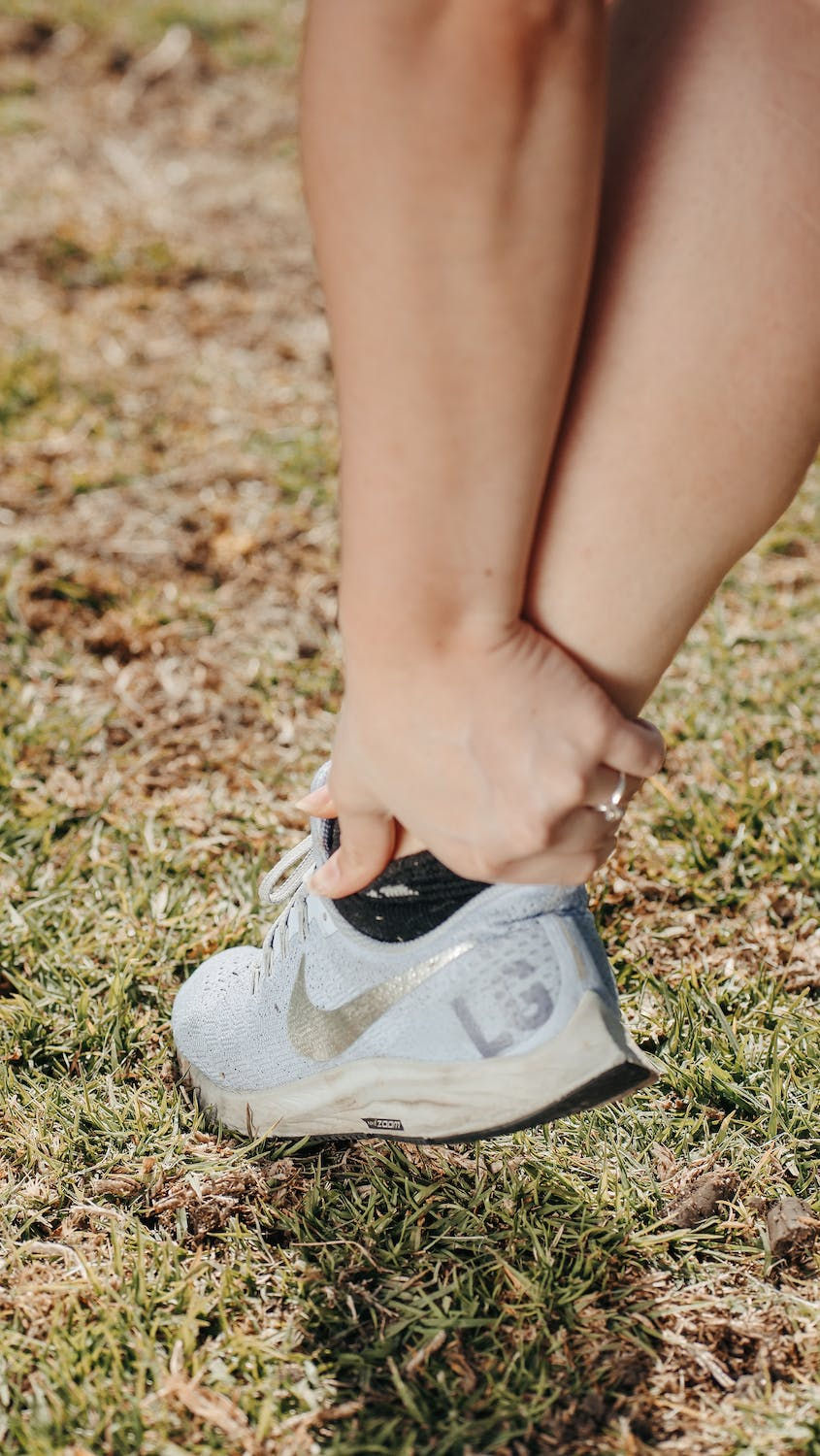Sever’s Disease: An Overview & Rehab Strategies
- Dr. Vinh Vuong, PT, DPT, OCS, FAAOMPT
- Sep 25, 2023
- 3 min read
Sever's Disease, also known as calcaneal apophysitis, is a common condition that affects children and adolescents during their growth spurts. In this post, I'm here to shed light on what Sever's Disease is, its causes, symptoms, and most importantly, the rehabilitation and recovery strategies to help young patients get back on their feet.
What is Sever's Disease?

Sever's Disease is not actually a disease; it is a condition that occurs due to the inflammation of the growth plate in the heel, specifically the growth plate located at the back of the heel bone (calcaneus). It can often confused for an ankle sprain injury or even achilles tendinopathy. The biggest determining factor from Sever's and those aforementioned injuries is the age. This condition is often seen in active children between the ages of 8 and 14, especially those who are involved in sports that involve running and jumping.
Causes of Sever's Disease
Sever's Disease is primarily caused by the following factors:
Rapid Growth: During periods of rapid growth, the Achilles tendon can become tight, placing increased stress on the growth plate.
Overuse: Excessive physical activity and repetitive impact, such as running or jumping, can strain the heel and exacerbate the condition.
Poor Footwear: Poor-fitting or unsupportive shoes can contribute to the development of Sever's Disease.
Symptoms of Sever's Disease
Recognizing the symptoms of Sever's Disease is crucial for early intervention. Common symptoms include:
Heel Pain: Persistent pain in the back of the heel, particularly during or after physical activity.
Limping: A noticeable limp or difficulty walking, especially in the morning or after periods of rest.
Swelling: Swelling and tenderness at the back of the heel.
Stiffness: Reduced range of motion in the ankle and foot.
Rehabilitation and Recovery Strategies

The good news is that Sever's Disease is a self-limiting condition, meaning it will eventually resolve on its own once the growth plate fuses. However, there are several rehabilitation and recovery strategies that can help alleviate pain, speed up recovery, and prevent recurrence:
Rest: The most important aspect of recovery is rest. Encourage your child to take a break from high-impact activities that exacerbate the condition. This will give the growth plate time to heal.
Stretching and Strengthening Exercises: A physical therapist can prescribe specific exercises to stretch the calf muscles and strengthen the surrounding muscles, helping to alleviate tension on the growth plate.
Proper Footwear: Ensure your child wears supportive, well-fitting shoes with cushioned insoles to reduce stress on the heel.
Ice and Anti-Inflammatory Medications: Applying ice to the affected area and over-the-counter anti-inflammatory medications can help manage pain and reduce inflammation.
Orthotic Devices: Custom-made or over-the-counter orthotic insoles may be recommended to provide additional support and cushioning.
Heel Cups: Gel heel cups or cushions can provide relief by absorbing shock and reducing pressure on the heel.
Gradual Return to Activity: Once symptoms have improved and the growth plate has healed, gradually reintroduce physical activity under the guidance of a physical therapist.
Education: Teach your child about the importance of proper warm-up, cool-down, and stretching to prevent future injuries.
How can Hybrid Physical Therapy help?
When a young kid has pain with sport activities that should be fun, it can be frustrating to watch them sit on the side-lines. Even though this condition may limit a child's ability to be 100% active in their sport, you have to remember that this condition is self-limiting, meaning it typically resolves on its own as the child's growth plate matures and fuses. This will occur around the age of 14 or 15. At Hybrid Physical Therapy, we provide strategies for young kids to work around the discomfort so that they may continue to remain active. We want our youth to avoid an inactive lifestyle so they can maintain their health and wellness.
Let Hybrid Physical Therapy be the ones to guide you to the road to success and optimize your performance.




Comments